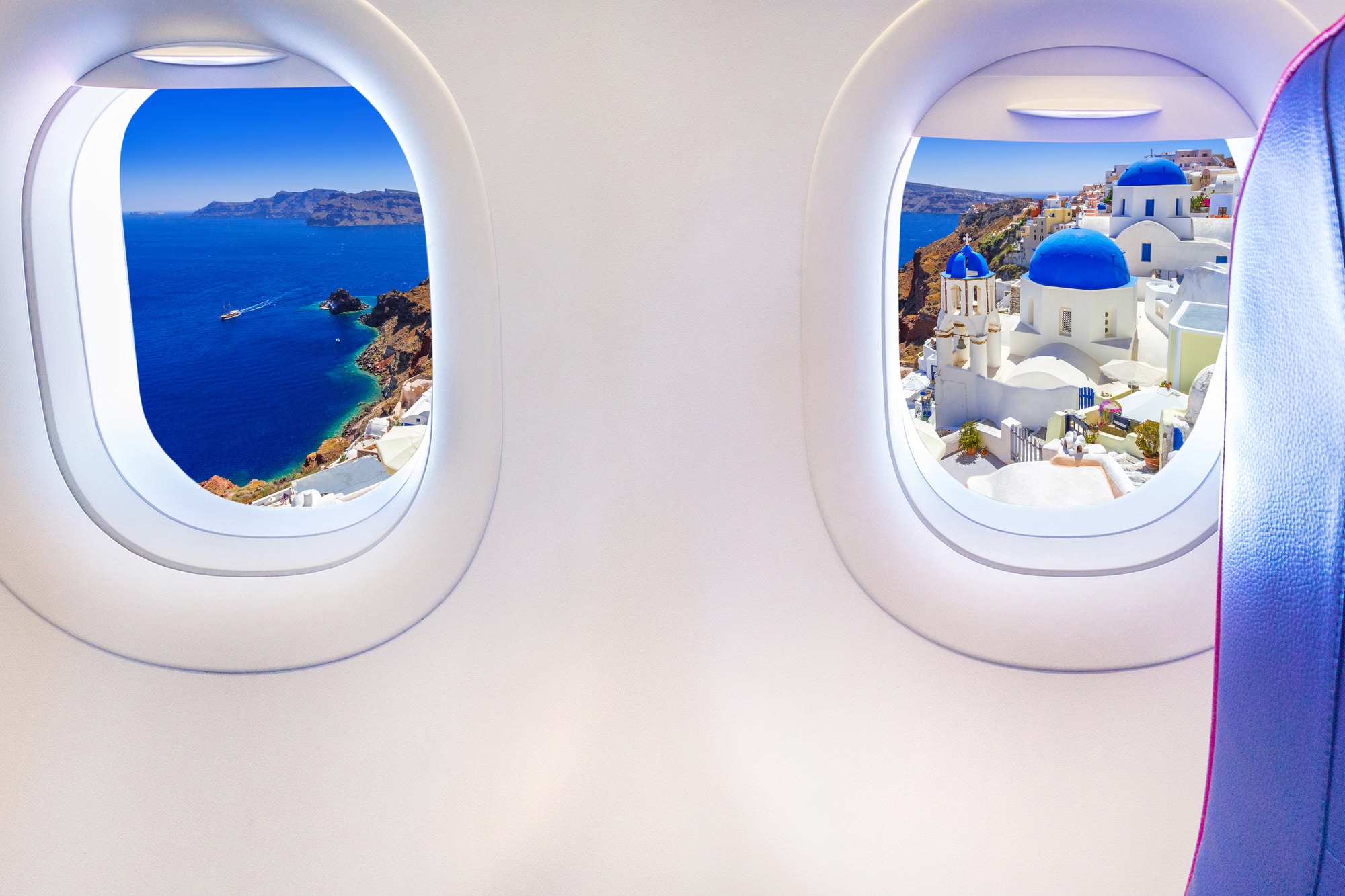As you look through an airplane window, have you ever wondered why its windows are round? This shape goes beyond aesthetic appeal for an airplane.
Airplane windows are round for safety reasons. The round shape can withstand changes in the interior and exterior air pressure.
The air pressure outside lowers while the cabin pressure increases as the plane goes higher in the atmosphere. The pressure difference causes stress build-up on the aircraft.
This build-up affects the integrity of the windows especially if it is square shaped. The corners of this kind of window can weaken due to stress and can be fatal.
When Did Airplane Windows Become Round?
Back in the 1950s, De Havilland Comet passenger jets had square windows. However, 2 of these jets disintegrated in midair killing the passengers.
According to the results of the Royal Aircraft Establishment (RAE) investigation:
“The failure was a result of metal fatigue caused by the repeated pressurization and de-pressurization of the aircraft cabin. Another fact was that the supports around the windows were riveted, not glued, as the original specifications for the aircraft had called for. The problem was exacerbated by the punch rivet construction technique employed. Unlike drill riveting, the imperfect nature of the hole created by punch riveting caused manufacturing defect cracks, which may have caused fatigue cracks to start around the rivet.”
As a result, jetliners shifted to round windows. Round windows will not deform or crack as it has no sharp corners. This window shape evenly distributes the stress from cabin pressure and atmospheric pressure.
What Is Cabin Pressure?
Cabin pressure is a method of adding conditioned air inside the airplane to make traveling safe for the pilot, flight crew, and passengers. The cargo hold is also pressurized to keep package materials intact.
Passenger airplanes fly 30,000 to 40,000 feet above sea level. Airplanes that fly at higher altitudes result in fuel consumption efficiency and minimize turbulence.
However, the air is thinner at higher altitudes making it hard to breathe. So, a pressurized cabin makes air be at the level of around 6,000 to 8,000 feet.
At this level, people inside the aircraft can breathe comfortably. This will also avoid hypoxia or lack of oxygen in the brain.
Insufficient oxygen can also affect passengers with health issues. According to Japan Airlines:
“Things such as respiratory disorders, cardiac disorders, cerebrovascular disorders, and severe anemia can be impacted by the drop in oxygen concentration. Oxygen deficiency may also adversely affect women who are in late pregnancy and newborns.”
Can Pilots Open Their Windows During a Flight?
Windows in the cockpit can be opened on the ground. But, while on air, it should not be opened.
Since airplanes are pressurized, opening the window will suck out the pressure, and the oxygen levels will drop dramatically.
Opening of windows is done only for emergency purposes. It is an alternative exit point in case the cabin door or emergency exits do not work.
Airplanes have an escape rope located near the cockpit’s side window. During an emergency, this rope can be used through the window to reach the ground.

